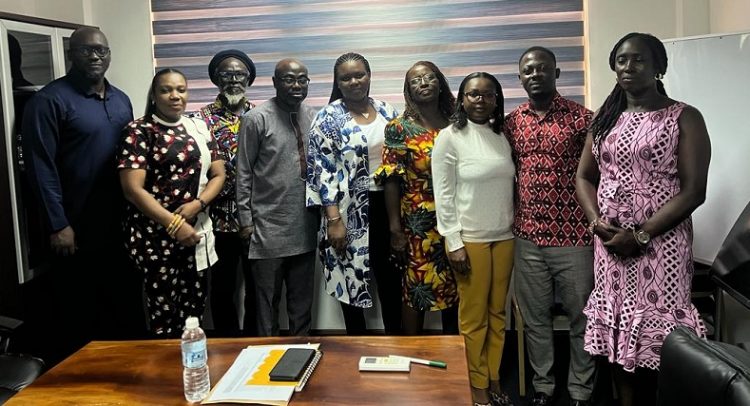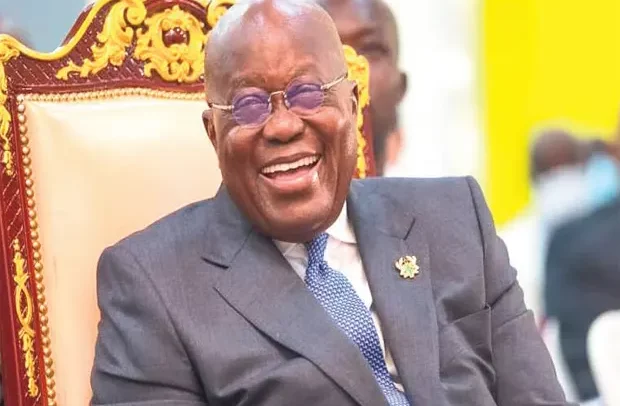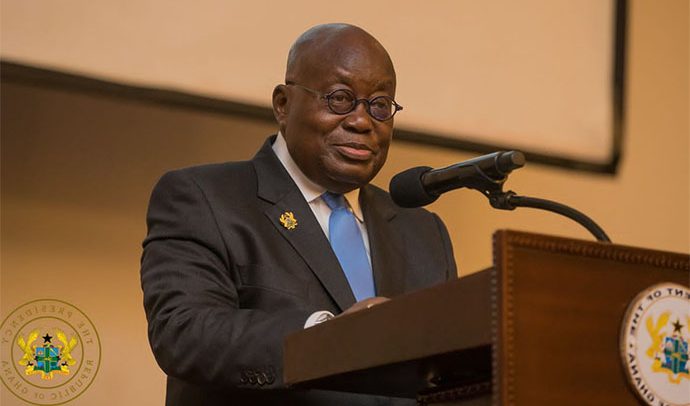
Tro-tros, the share-ride mini-van taxis have always had pop-culture clout. Ghanaian artist Nana Osei Kwadwo documents tro-tros.
When Ghanaian artist Nana Osei Kwadwo started his project of documenting the share-ride mini-van taxis known as tro-tros, he approached it as research. He took photographs of both the inside and the outside of the tro-tros and interviewed the people involved in the business.
But that approach had operational challenges. For example, how did he show the people from whom he had not obtained adequate consent? To resolve this problem, he turned to the surrealist movement's idea of the irrational juxtaposition of images and made still images into short motion films.
"The question was how I could make videos that would start a conversation about the tro-tro. I decided to make the videos slightly surreal so that people would start asking questions about them. This is how we bring them into the bigger picture of how tro-tros affect our lives," Kwadwo says.
"One technique that influences the way that I make my videos is the kaleidoscope editing effect. The mirror effect is also something that I have seen over and over again when I use Microsoft Media Player," he continues.
"Tro-tro" is Ga for three pence, the fare that was charged for a ride during colonial times. The first generation of tro-tros were Bedford trucks with wood fittings made by local artisans. Now they include Nissan Urvan and Mercedes Benz D 309 vans. Typically, there are two front seats for passengers, a driver's seat and a row of passenger seats, depending on the size of the van. One seat is always reserved for a "mate", the local name for the tro-tro conductor.
According to Jennifer Hart, an associate professor of history at Wayne State University, who has studied Ghana's motor transportation system, the tro-tro is essential for mobility in Accra.
"In a city like Accra, which is defined by urban sprawl, [the tro-tro] is critical. Increasing numbers of Accra residents own cars, but this number is still nowhere near the majority. Having a flexible, adaptable and accessible system that can cover such a large area is essential for the city to function," she writes in a statement for This is Africa.
Following the collapse of state transportation operations, the private sector filled the vacuum, sometimes even reaching places where there was no state presence. In 2015, it was reported that 85% of Accra's mobile residents used tro-tros as their means of transportation.
Pop-culture icons
Tro-tros have always had pop-culture clout. Songs have been sung about them. A 1985 highlife song by Nana Kwame Ampadu, one of the most popular performers of the genre, and his African Brothers Band is titled "Diversfo", which translates as "drivers". In the song, Ampadu celebrates both the attractions and the frustrations of tro-tro travel. He speaks about driver-driver communication, police harassment and the behaviour of passengers. At the end of the song, he attempts to explain how inscriptions on the tro-tros relate as cultural, political and personal narratives. In another highlife song, "Driver Banza", which translates as "bad driver", singer George Jahraa critiques tro-tro drivers.
More recently, musicians Wanlov and Six Strings have also sung about tro-tros. On social media, there are groups like Tro-Tro Diaries on Facebook, where people rant about their daily experiences on tro-tros. There is also a poetry group, Tro-tro Vibes, that performs spoken word and acoustic music in tro-tros. Even the La Drivers Union has their unique honk-horn music, called "Por Por".
A setting for discussions about change
Kwadwo sees the tro-tro business as a viable setting for conversations about Ghana's national and public life and a point of seeking change.
"I see people starting to become aware of some of the things that we use daily or that have become part of our daily lives. If people start talking about them, acknowledging that they affect their daily lives and identifying what the negatives are, that is when we can begin to find solutions."
At a recent exhibition in Accra, Kwadwo installed a tro-tro in the gallery space. Inside the tro-tro, a video recorded at tro-tro stations was being shown. The exhibition attendees sat inside the tro-tro and watched the video. Outside the vehicle, a disembodied voice, recorded by the God is Great Drivers Union at the Accra Mall tro-tro station, blared from a speaker.
"I wanted to create an experience with you watching the photographs and hearing the sound. I tried to make a connection between the sound that you were hearing and the photographs that you were seeing. It would be as if you were in the space,' Kwadwo explains.
Instagram gives access to Kwadwo's work
The exhibition also installed the project's Instagram feed. Attendees could scroll through an iPad to take a look at the photographs. In one of the photos, a hawker, with back to the camera, stood beside a tro-tro. A buyer's hand was picking a water sachet from a large silver pan that the hawker was carrying.
Kwadwo says that sharing his project on Instagram increases accessibility. Unlike many academic journals that are locked behind the paywall, the findings of his research are freed from such a burden.
"Drivers in the colonial era regularly protested the cost of petrol or the established fares for routes - protests that probably sound familiar to anyone living in Accra now. In the Nkrumah era, new regulations requiring what was effectively no-fault insurance also provoked drivers to protest. They actually went on strike, and the entire city was at a standstill for days,' Prof Hart points out.
Nowadays, the drivers are not systematically treated as petty criminals by the government. Under the regime of Jerry Rawlings, for example, tro-tro drivers and market women were harassed because they were seen as economic saboteurs of the government because they often flouted price controls.
One of the ways in which tro-tro drivers show their resistance to government's policies is through inscriptions embossed on the windscreens, rear windows and on the chassis of the tro-tros. The inscriptions could also be personal identifiers. As Kwadwo suggests, "They are history on the go." They could be described as "historical allusions".
Kwadwo's photographs of tro-tros are littered with these inscriptions and others that he calls "tro-tro language". These inscriptions are elements of public discourse. They are means of agreement and resistance in the national conversation.
Kwadwo says he will keep finding new ways and forms to document tro-tro culture in Ghana. He believes that tro-tro culture is something that everyone in the city should be aware of because it offers us a window through which to see ourselves more clearly.
Read Full Story



















Facebook
Twitter
Pinterest
Instagram
Google+
YouTube
LinkedIn
RSS